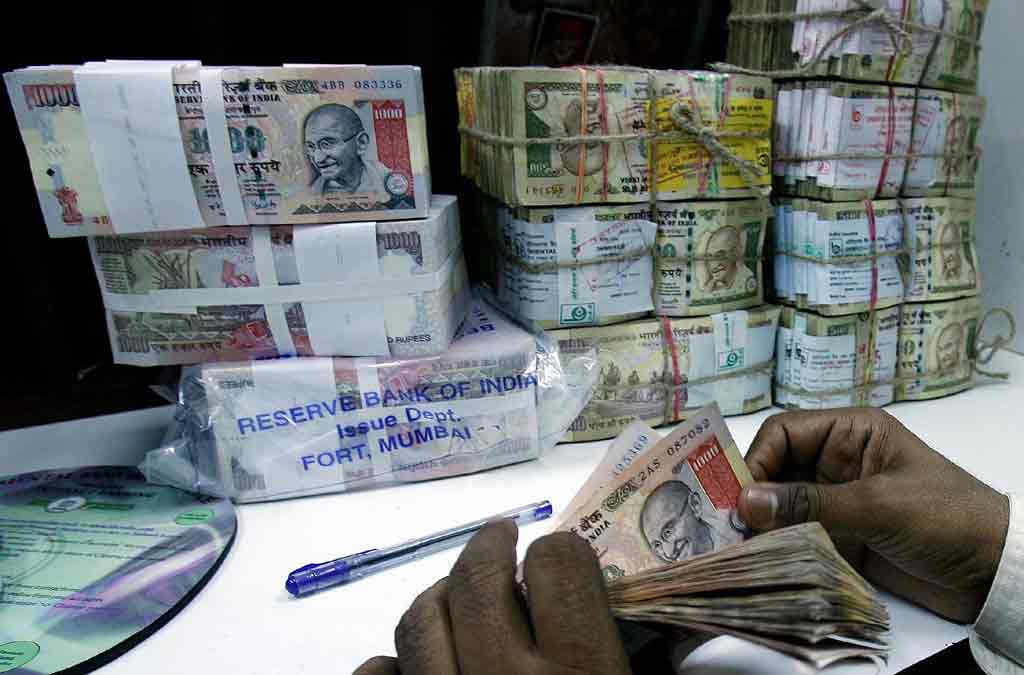India plans $10bn bank recapitalisation, help for shadow lenders

MUMBAI/NEW DELHI: The Indian government on Friday announced a fresh capital infusion of about $10 billion into debt-burdened state banks and credit guarantees to support shadow lenders in a bid to boost lending and revive the economy.
India's economy has sagged in the past year partly because many small and medium-sized businesses and consumers have found it tough to borrow from the banks, or from the shadow lenders, officially known as non-banking financial companies (NBFCs).
This is because some of the banks and NBFCs are laden with bad debt which has affected their ability to lend.
Ecnomists, credit rating agencies and some of the lenders welcomed the moves, saying they are vital if India is to reform its banking sector and grow the economy at rates above 8% targeted by Prime Minister Narendra Modi's government.
The economy grew at a rate of just 5.8% in the January-March quarter, a five-year low.
"The credit guarantee provided by the government will further open up the liquidity line for fundamentally sound NBFCs," said George Alexander Muthoot, managing director of Muthoot Finance Ltd, one of the biggest non-banking lenders.
The injection of funds, which was disclosed in the annual budget statement delivered by new Finance Minister Nirmala Sitharaman, is the latest in a series over the past four years. More than 3 trillion rupees ($43.81 billion) of government money has gone into the banks in that period.
The state-owned banks, which control a majority of banking assets in India, have been weighed down by nearly $150 billion in stressed assets. The bad debts resulted from risky lending they pursued in the previous few years, particularly to infrastructure projects that then failed.
ADDITIONAL LIQUIDITY
The government also announced that it will for the next six months provide partial credit guarantees to state banks that buy highly rated pooled assets from financially sound NBFCs.
To make this easier for banks, the Reserve Bank of India (RBI) announced later on Friday it would provide additional liquidity to banks for purchase of assets or for lending to NBFCs. Authorities will also ease restrictions on foreign institutional investors that have invested in NBFCs' debt securities.
Furthermore, the government said that in future NBFCs will no longer have to set aside additional capital when selling their debt in public markets.
"NBFCs are playing an extremely important role in sustaining consumption demand as well as capital formation in (the) small and medium industrial segment," Sitharaman said.
India has nearly 10,000 registered NBFCs lending to millions of households who might not be able to borrow directly from a commercial bank.
While they might provide loans more easily, they generally charge higher interest rates than the banks, often as high as 21-24% a year. Ironically, the NBFCs have in the past borrowed much of their money from banks, as well as mutual funds and via debt sales.
However, after defaults by one giant NBFC, Infrastructure Leasing & Financial Services (IL&FS), last year the asset quality in the sector has come under greater scrutiny. As a result, the NBFCs borrowing costs have surged as many banks and mutual funds stopped lending to them.
Sitharaman also announced that the RBI will get much more regulatory authority over the NBFCs in proposed legislation that has been drawn up.
Currently, NBFCs are loosely regulated by host of regulators including market regulator - the Securities and Exchange Board of India (SEBI), and the National Housing Board.
"Structurally, it is a positive move as it will help in improving supervision," said Karthik Srinivasan, the head of financial sector ratings at credit rating firm ICRA.
























Comments
Comments are closed.